Digital tools make biosecurity training ‘more engaging and accessible,’ leading to improved sustainable shrimp production
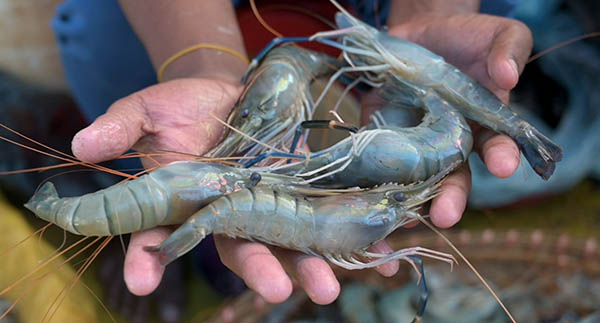
Researchers are the University of Exeter have developed a new set of digital training tools that could improve sustainable shrimp production in Bangladesh.
The shrimp industry is hugely important for the Bangladesh economy, employing around 3.5 million people. It’s a key source of dietary protein for the Bangladeshi people, and the industry has expanded rapidly over the past 40 years.
However, it now faces increasing losses from disease – partly due to poor biosecurity (preventing the introduction and spread of harmful organisms), which has substantial economic, social and environmental costs, the researchers said.
“Our project aims to help the Bangladesh shrimp aquaculture industry become more sustainable by improving biosecurity,” said project lead Professor Charles Tyler. “We know from animal production in other global regions that good biosecurity helps to prevent disease and reduce the need for chemicals and drugs.”
In response, the research team has developed a set of digital training videos, a self-assessment app and monitoring sheets, all of which aim to make biosecurity training “more engaging and accessible.”
“If we can support the shrimp industry to improve biosecurity in Bangladesh, this should in turn increase productivity and lower the impacts on biodiversity loss, pollution of water systems and the risk of antimicrobial resistance,” said Tyler.
Crouching Tigers: Bangladesh shrimp farming at a critical juncture
The digital tools created by the Exeter research team are for shrimp hatcheries, which produce larval shrimp and supply the entire industry of more than 300,000 farmers across Bangladesh. They have been produced in collaboration with shrimp hatcheries and in-country partners WorldFish and the Centre for Communication Action Bangladesh.
“Most biosecurity training materials are not aimed at low-income, extensive farming systems, which are commonly found across Bangladesh, and they are usually technical and text-based, so not very appropriate or readily accessible,” said lead researcher Dr. Kelly Thornber. “By working with in-country partners, we have identified pragmatic solutions that are simple and relatively cheap to implement.”
Follow the Advocate @GSA_Advocate
Now that you've reached the end of the article ...
… please consider supporting GSA’s mission to advance responsible seafood practices through education, advocacy and third-party assurances. The Advocate aims to document the evolution of responsible seafood practices and share the expansive knowledge of our vast network of contributors.
By becoming a Global Seafood Alliance member, you’re ensuring that all of the pre-competitive work we do through member benefits, resources and events can continue. Individual membership costs just $50 a year.
Not a GSA member? Join us.
Author
Tagged With
Related Posts
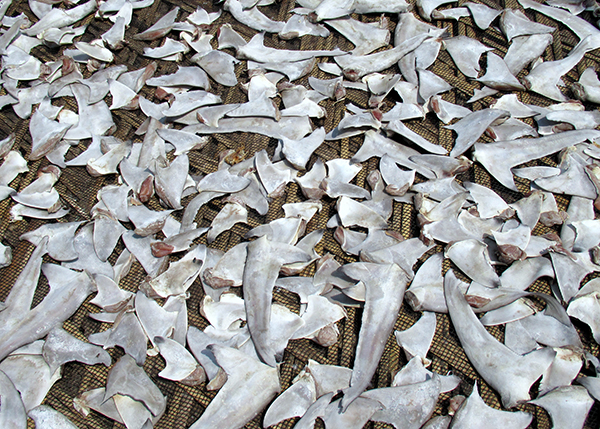
Fisheries
Bangladesh moves to protect threatened sharks and rays
With sharks and rays critically endangered, the government of Bangladesh has amended legislation to reduce the extinction risk of the species.
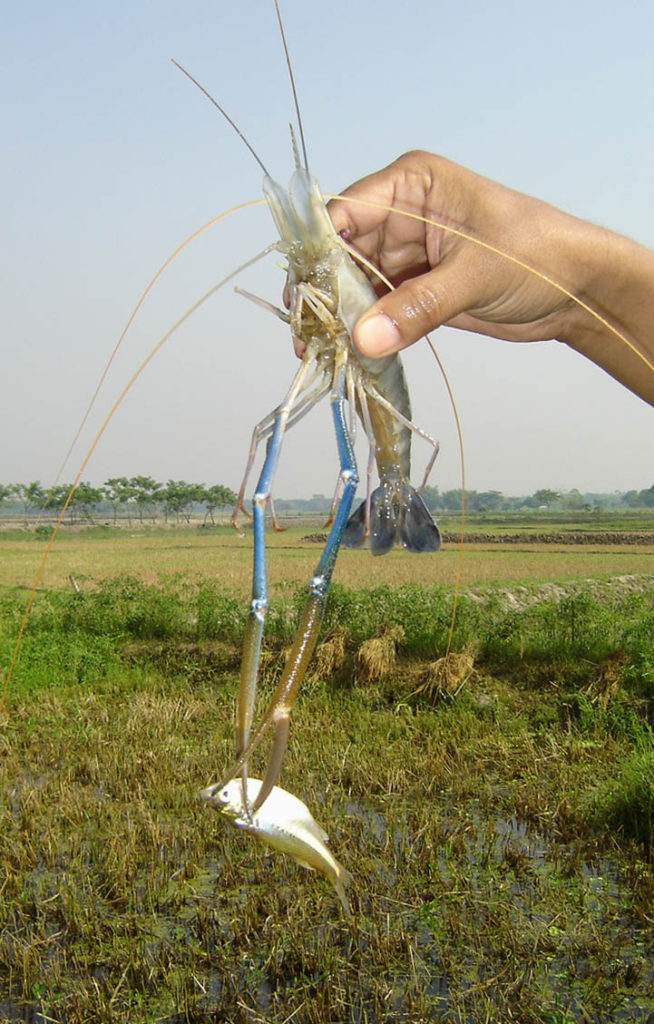
Responsibility
Bangladesh study examines potential for prawn cage farming
While Bangladesh's prawn industry is based on pond culture, a feasibility study was conducted to establish prawn cage culture to benefit resource-poor fishers and landless people.
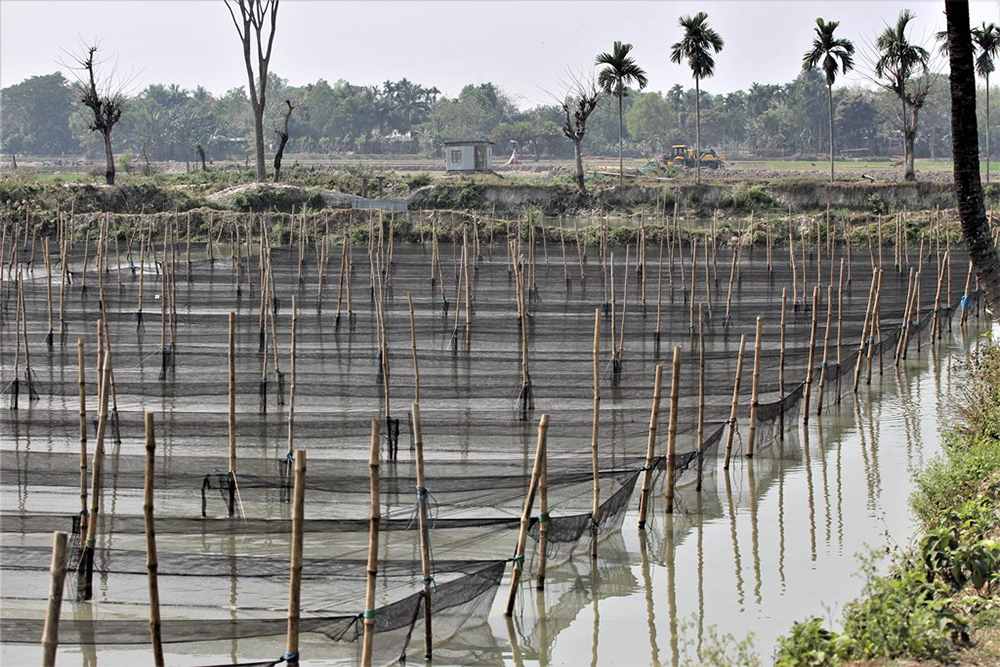
Intelligence
Bangladesh’s tilapia aquaculture industry shows resilience
Tilapia aquaculture in Bangladesh has developed significantly since 1999, based on the Genetically Improved Farmed Tilapia (GIFT) strain of Nile tilapia (Oreochromis niloticus) introduced from Malaysia and on the significant genetic improvement research work by the Bangladesh Fisheries Research Institute (BFRI).
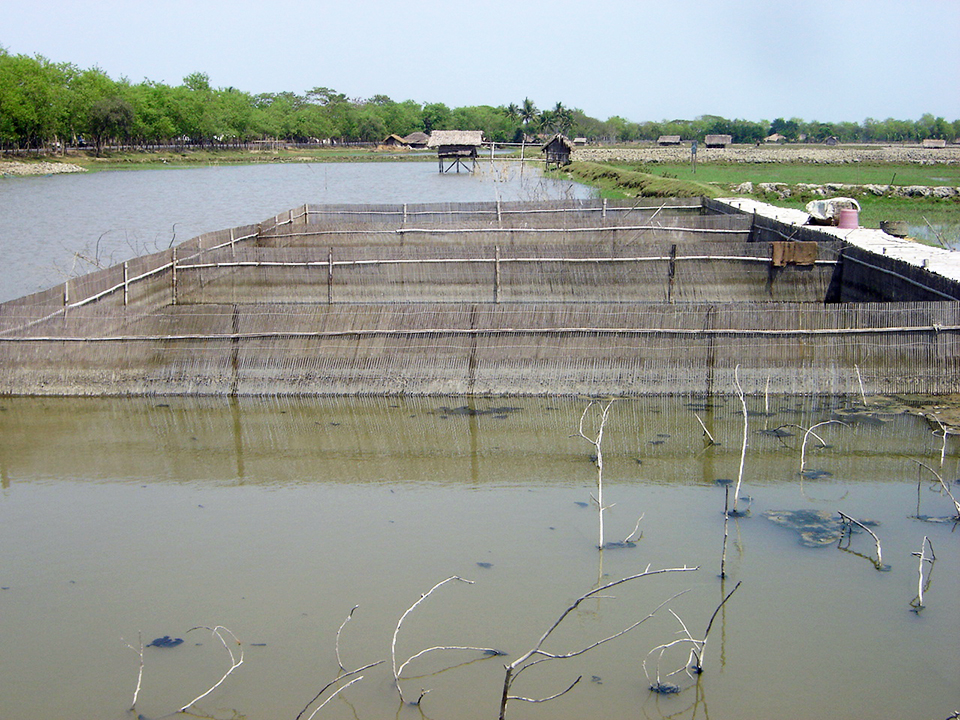
Responsibility
Coastal aquaculture in Bangladesh must adapt to climate change
Shrimp culture in coastal Bangladesh is threatened by climate change variables that include flooding, cyclones, drought, salinity changes and rising sea levels. Holistic planning can help reduce the impacts.



